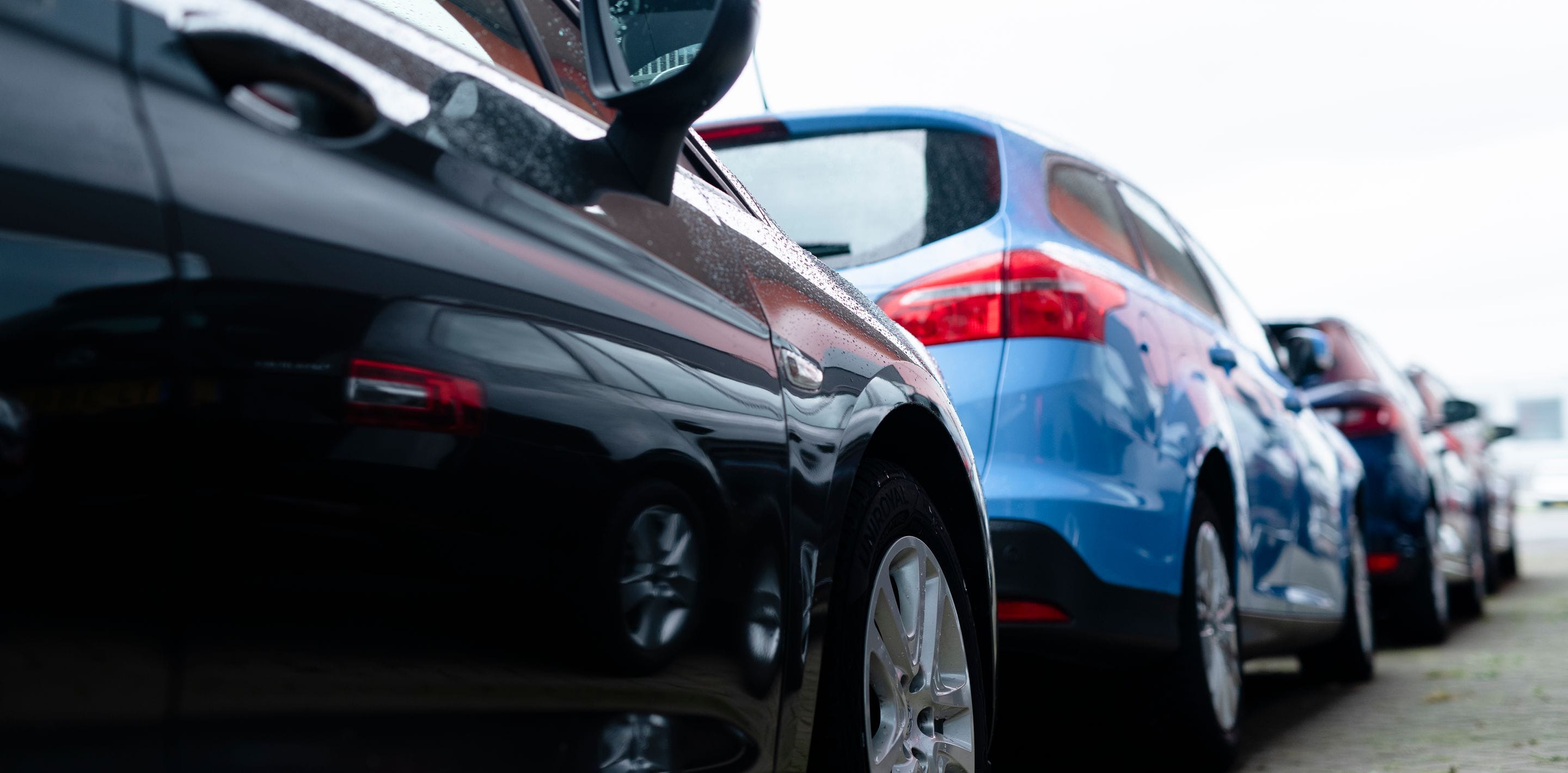
Automotive Industry: The Covid-19 Pandemic and the New Normal
After several months of lost production and a decline in demand for new vehicles, automotive manufacturers and suppliers face the prospect of a prolonged recovery. How will the post-pandemic world look for car makers? In this blog post, we analyse the impact of the coronavirus crisis on the automotive sector based on the most recent figures and future indications.
OEMs and suppliers were hit hard and fast by Covid-19
What do the figures show?
The Covid-19 pandemic hit the automotive industry in Western Europe hard and fast. The May registrations (YTD results) are down by 43.5%, which is equivalent to nearly three million registrations fewer than the same period last year. In terms of production, factory shutdowns have resulted in at least two and a half million fewer vehicles being produced compared to the same period in 2019. When their revenue dried up almost overnight, car makers faced a cashflow problem due to their very high fixed cost base. To survive during the crisis period, OEMs and their suppliers collectively borrowed an extra 155 billion dollars. The factories are now open again albeit at around 50% of capacity. Moreover, according to some estimates, OEMs are losing an estimated 12% efficiency due to hygiene protocols requiring larger workspaces and more frequent cleaning of tooling and equipment.
Reasons for optimism in Western Europe
Nevertheless, there are some grounds for optimism. April seems to have been the low point for production and sales. Since then, there have been some signs of improvement in May and even slightly better figures based on the first results for June – especially in France, where sales are actually up by 1% versus the same time last year. In terms of production, most manufacturing plants are already operating at 50% capacity on average, which will go some way towards making up the shortfall. Moreover, stock levels are good, partially due to cancellation of short-term rental volumes and also due to the general lack of demand, so it should be possible to reduce the new car registration shortfall to around 25-30% in Western Europe by the end of this year.
OEMs will respond by saving costs to reduce the Covid-19 impact
Today’s share prices reflect the challenges faced by OEMs, who clearly need to address their revenue and cost issues. Most OEMs are responding to the combination of high inventory levels and ongoing demand uncertainty by building cars to order, and many have scaled down to a two-shift system. On a wider scale, the industry has been consolidating for several years now. This trend is set to continue in the wake of the pandemic, with new partnerships between OEMs emerging in the quest for economies of scale. If the PSA/FCA merger is approved, for instance, the company will account for a 22-25% market share. Likewise, the alliance between VW and Ford is aimed at sharing the costs of R&D and platforms. Furthermore, we are likely to see consolidation in product portfolios to eliminate low-volume, low-margin models. For example, Renault is seriously considering a cut on just three models (Scenic, Espace, Talisman), while Volvo’s electric arm – Polestar – has simplified the number of configurations of the Polestar 2 to offer just 315 variants (compared to 9 million variants of the Jaguar I-PACE).
The effect on investment
In an immediate response to the coronavirus crisis, OEMs stopped all R&D investments that would not deliver results in the short/medium term. The figures show that car manufacturers will spend roughly 17% less on research and 13% less on development in 2020, and this trend is expected to continue in 2021. Longer-term projects such as autonomous driving and hydrogen fuel cells will bear the brunt of these spending cuts. For example, Mercedes Benz has halted its development work on hydrogen fuel cells for passenger cars since it does not regard it as a viable solution in the short/medium term.
European electrification still on track
Stimulus will accelerate the shift to EVs
However, investments in electric vehicles (EVs) are unavoidable due to the enforced push towards electrification as the result of tighter CO2 legislation and targets. All EV powertrains (BEV, PHEV, EV, HEV) have grown both in volume and percentage terms during the crisis, whereas markets for alternative fuels (e.g. in Italy and other specific markets), diesel and petrol have all declined. In fact, the Covid-19 pandemic is likely to accelerate and intensify the transition to electrification as well as stimulating OEM partnerships such as the one between VW and Ford mentioned above. Much of the current sales growth is driven by national incentives for EVs in many countries. Some of the stimulus can make a significant difference to the total cost of ownership (TCO) of electric vehicles and their desirability from a financial point of view. However, OEMs need to pay close attention to the scale and duration of such incentives, which are unquestionably critical in the adoption of EVs. In France, for example, an incentive scheme was launched in June 2020 for a maximum of 200,000 vehicles, and half of the total allocation had already been used up by the end of the first month. LeasePlan’s own studies in the UK and the Netherlands show that while financial incentives clearly boost the uptake of EVs, sales can also fall again as soon as the incentives are taken away.
The impact on sales models and markets
The lockdowns during the Covid-19 outbreak created a peak in online ordering and digital transactions, and this has also left its mark on the automotive industry. OEMs have been quietly exploring direct online sales models for some time, not least because it gives them much-needed control over the margins. This trend is now gathering pace, with current examples including Tesla and Polestar. By accelerating this shift, the Covid-19 crisis has reduced the barriers to entry to the automotive market. We are therefore likely to see many more new OEMs (mostly from China) entering the industry, almost all of them working with a direct sales model. Many of these new entrants will have substantial government support and will be in a strong position to generate sufficient revenue and profit to survive.
Conclusion: Accelerating change
Covid-19 can be summed up as an accelerator of change, which means that OEMs themselves have to show an accelerated response. Governmental stimulus can provide some aid, but many incentives have an expiry date which may affect tendering. As a result of factory closures and shelved investment plans, we can expect to see a reduction in factory numbers and further consolidation in pursuit of efficiency. The reduction in R&D budgets is unlikely to affect electrification, but it will cause further delays in the shift to autonomous vehicles. Lastly, we believe that online channels for direct sales will reduce the barriers for new market entrants, resulting in even more competition and cost pressure for traditional OEMs.




